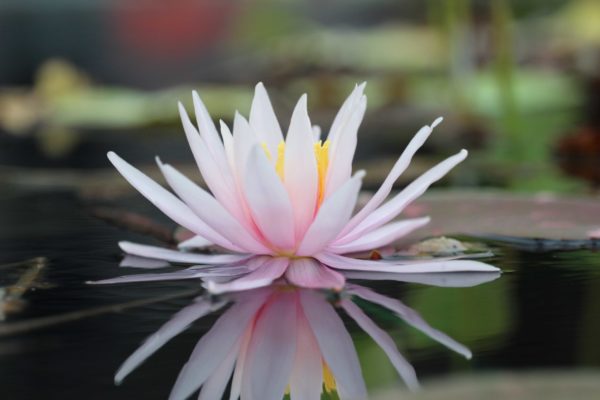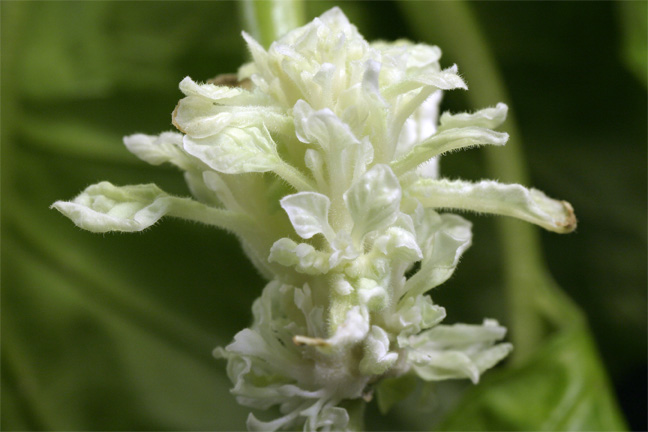
A new study demonstrates that there are no simple or universal solutions to the problem of engineering plants to enable them to cope with the challenges posed by climate change.

A new study demonstrates that there are no simple or universal solutions to the problem of engineering plants to enable them to cope with the challenges posed by climate change.

Plant seeds may strike the casual observer as unspectacular – but they have properties that are nothing short of superpowers. In a dry state they can store their energy for years and then suddenly release it for germination when environmental conditions are favourable. Seeds conserve a fully formed embryo, which only continues growing when conditions are right for it to do so. This may be the case only years – or in more extreme cases even centuries – later.

Photosynthesis, the process by which some organisms convert sunlight into chemical energy, is well known. But, it is a complex phenomenon, which involves a myriad of proteins. Now, scientists have uncover the location and functions of a new type of chlorophyll molecule for the first time.

What if we could grow plants that are larger and also have higher nutritional content? For decades, scientists have been trying to dial up amino acid content in crops by ramping up their production systems, but they always run into the same problem: the crops get sick. Until now.

The synchronization of seed production by trees has garnered attention due to its importance in agriculture, forestry and ecosystem management. Therefore, understanding the timing and mechanisms that contribute to synchronized seeding can be a useful management tool.

Genome Duplication Events May Have Contributed to Floral Scent Biosynthesis and Other Traits of Early-diverged Flowering Plants

A research team recently developed new methods that will make it significantly faster to produce gene-edited plants. They hope to alleviate a long-standing bottleneck in gene editing and, in the process, make it easier and faster to develop and test new crop varieties with two new approaches.

A new study that examines the genetics behind the bitter taste of some sorghum plants and one of Africa’s most reviled bird species illustrates how human genetics, crops and the environment influence one another in the process of plant domestication.

Botanists from have discovered that “penny-pinching” evergreen species such as Christmas favourites, holly and ivy, are more climate change-ready in the face of warming temperatures than deciduous “big-spending” water consumers like birch and oak. As such, they are more likely to prosper in the near future.

Researchers have lift the veil on the “conductor” plant root stem cell gene that helps orchestrate and coordinate stem cell division of different root stem cell types, ensuring the harmonic communication necessary for plant growth and maintenance.